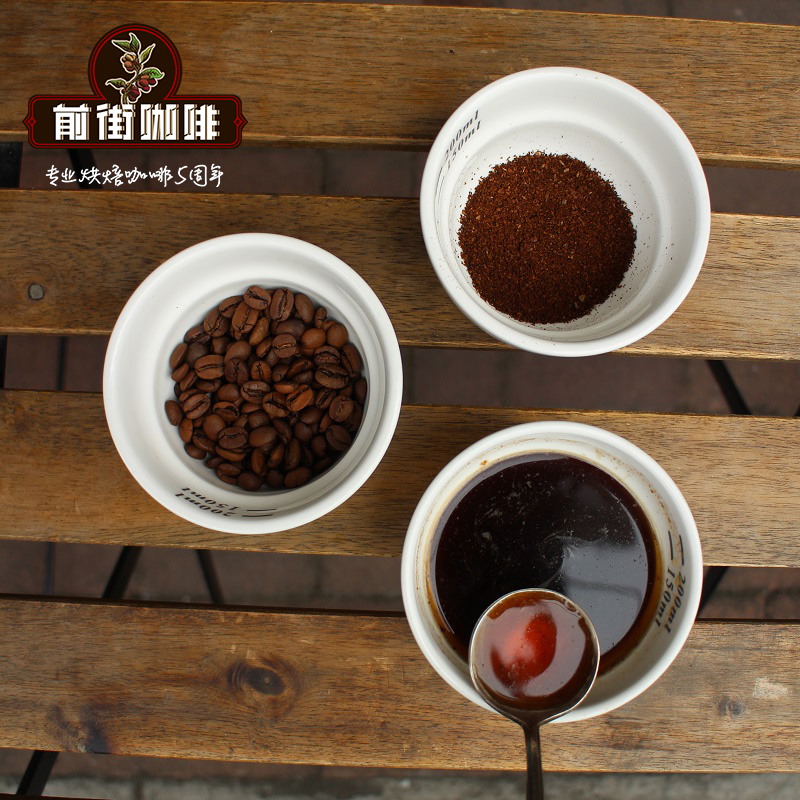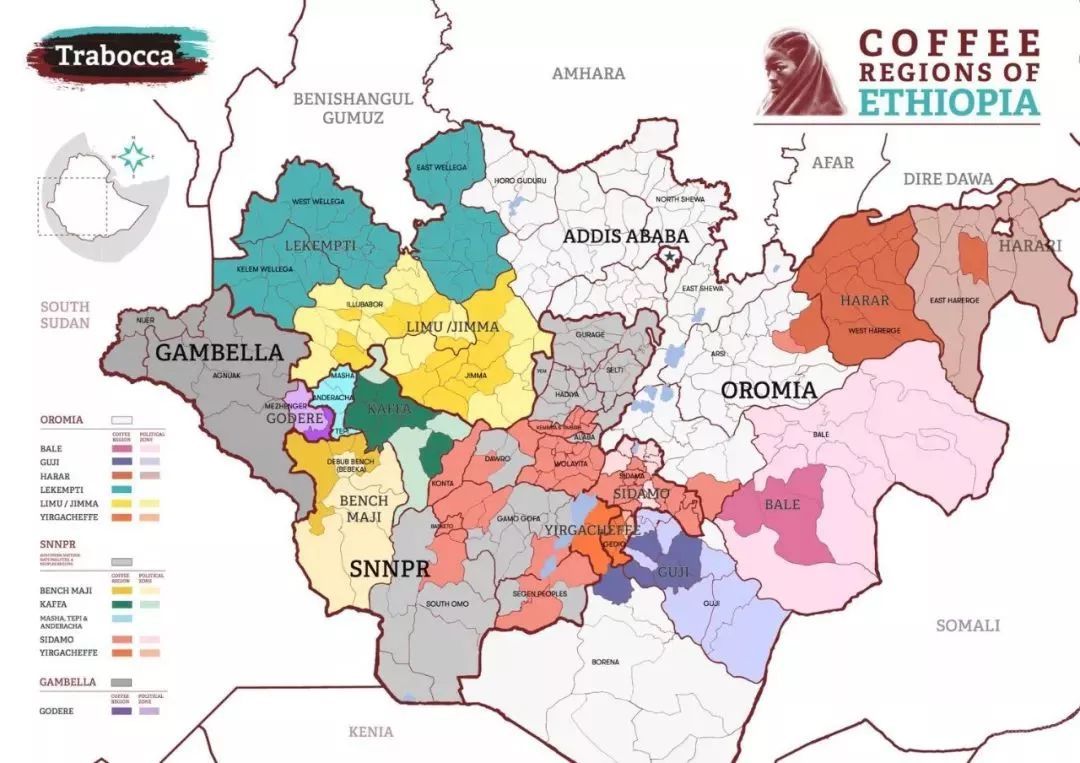What are the flavor and taste characteristics of Venezuelan coffee beans? Does Venezuela produce more coffee?

Professional coffee knowledge exchange more coffee bean information please follow the coffee workshop (Wechat official account cafe_style)
What are the flavor and taste characteristics of Venezuelan coffee beans? Does Venezuela produce more coffee?
At the end of the 19th century, Venezuela began the "coffee era", but with the imperialist countries growing cocoa and coffee beans on a large scale in Africa and Asia, mass production of inferior raw materials with advanced processing technology, and the formula that dominated secondary markets (such as raw material futures), allowed (new) economic imperialism to once again shake up the coffee (and cocoa) market. , Montibelo (Montebello), Miramar (Miramar), Graneza (Granija), Araglaneza (Ala Granija)
A taste of Venezuelan coffee gave me an amazing feeling that although Venezuela introduced coffee trees from Martinique as early as 1730, coffee production was almost abandoned at the height of the oil industry. Fortunately, coffee cultivation has begun to recover recently, and the original Typica and Borubon coffee plantations have laid the foundation for coffee export. The best coffee producing area in Venezuela is the southwestern state of Tazira. However, the name Tazira has been widely used in coffee beans across the country. The best coffee names in Venezuela are Montebello in San Cristobal, Miramar in Rubio, Graneza in Emot in Merida, and Ala Graneza in Santa Ana in Tazira. Other premium product names are: Maracaipos, Merida, Trujillo, San Philo Mona and Kukuta. Venezuelan coffee is famous for its delicious and light taste, and it is less sour than traditional coffee, which makes it not only blended but also distinctive. Like coffee with light and delicious flavor and fruit flavor of you, Venezuelan coffee should not be missed.
The characteristic manor coffee comes from this oil-rich country. Oil was once considered to be Venezuela's main export. Although Venezuela introduced coffee trees from Martinique as early as 1730, coffee production was almost abandoned at the height of the oil industry. Recently, coffee plantations have begun to recover, and the original Typica and Borubon coffee plantations have laid the foundation for coffee export. Currently, most Venezuelan coffee is exported to Russia and Colombia, where it is repackaged. Many small newly rebuilt plantations have also begun to export coffee on their own. The coffee industry is not very prominent among the many industries in the country. The best coffee producing area in Venezuela is the southwestern state of Tazira. But the name Tazira has been indiscriminately used for coffee beans across the country.
The best coffee names in Venezuela are Montebello in San Cristobal, Miramar in Rubio, Graneza in Emot in Merida, and Ala Graneza in Santa Ana in Tazira. Other premium product names are: Maracaipos, Merida, Trujillo, San Philo Mona and Kukuta. One of the many plantations in Merida at the foot of the Andes belongs to the Pablo and Pugali families, an ancient farm that has been allowed to downsize. Since taking over the farm in the early 1980s, the Pulido family has harvested coffee from original Bourbon coffee trees and planted new trees to expand the farm. The area around Caracas was also famous for its coffee and production has resumed. Joan and Andries are also located in the Turgua region. The Bolton plantation also has Typica coffee trees. Venezuelan coffee tastes different from other coffee in Latin America. It is delicious, light and less sour than traditional coffee, which makes it not only blended but also distinctive.
Important Notice :
前街咖啡 FrontStreet Coffee has moved to new addredd:
FrontStreet Coffee Address: 315,Donghua East Road,GuangZhou
Tel:020 38364473
- Prev

A story of Ethiopia's Sida Mohambela Sakui 2.0 in the new 18-year production season
Professional coffee knowledge exchange more coffee bean information please follow the coffee workshop (Wechat official account cafe_style) Ethiopian Sidamo Shakisso Natural Sakuran name: Ethiopia Sunshine Sidamo G1 Sakuran Ethiopian Sidamo Shakisso Natural Coffee country: Africa Africa, Ethiopia Ethiopia, Coffee Manor: Guji Gu
- Next

What is the Red Cherry Project? The most accurate coffee map of Ethiopia!
Professional coffee knowledge exchange more coffee bean information Please follow the coffee workshop (Wechat official account cafe_style) We often hear about the red cherry project, Ethiopia is the birthplace of coffee beans, the development rate of local tree species is very low, so we usually call Ethiopian tree species native species, because we have no idea how many coffee trees this piece of land is made of.
Related
- Detailed explanation of Jadeite planting Land in Panamanian Jadeite Manor introduction to the grading system of Jadeite competitive bidding, Red bid, Green bid and Rose Summer
- Story of Coffee planting in Brenka region of Costa Rica Stonehenge Manor anaerobic heavy honey treatment of flavor mouth
- What's on the barrel of Blue Mountain Coffee beans?
- Can American coffee also pull flowers? How to use hot American style to pull out a good-looking pattern?
- Can you make a cold extract with coffee beans? What is the right proportion for cold-extracted coffee formula?
- Indonesian PWN Gold Mandrine Coffee Origin Features Flavor How to Chong? Mandolin coffee is American.
- A brief introduction to the flavor characteristics of Brazilian yellow bourbon coffee beans
- What is the effect of different water quality on the flavor of cold-extracted coffee? What kind of water is best for brewing coffee?
- Why do you think of Rose Summer whenever you mention Panamanian coffee?
- Introduction to the characteristics of authentic blue mountain coffee bean producing areas? What is the CIB Coffee Authority in Jamaica?

